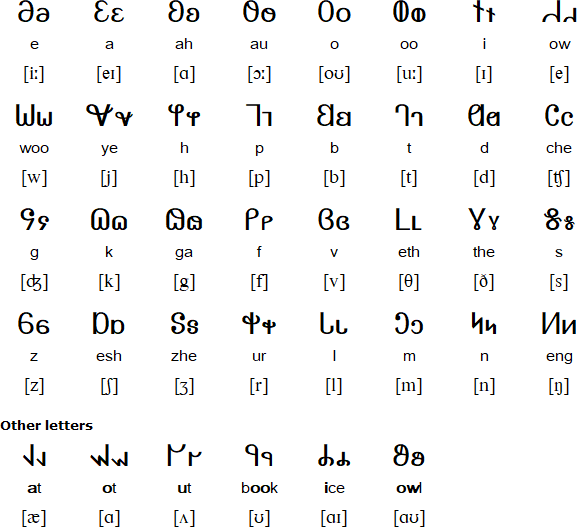Communication is one of the biggest challenges for people with significant levels of intellectual disability, who often struggle to express their needs and wants in language.
However, researchers and educators have found that using signing to support speech, and sometimes written words, can make a big difference.
Developed in the UK, the Makaton system of signing is taught to people with intellectual challenges, who can use a series of signs to get their message across, in combination with spoken language. Similar signing systems include Lámh (meaning ‘hand’) which was developed in Ireland. The signs are focused primarily on a vocabulary for essential needs, such as ‘eat’ or ‘drink’ or ‘sleep’, but can also help people to communicate their emotions, with signs for ‘sad’, ‘happy’, and so on.
Makaton, like related signing systems from different countries, is not a fully developed sign language, like sign language for people with deafness, but it does use some of the same signs, so different regions have dialectal differences, and there is no universal vocabulary.
Photo Source: https://unsplash.com/photos/a-man-in-a-white-coat-holding-a-piece-of-paper-ysYZzGKlz48










